Before the Business Plan, Begin with the
Museum Feasibility Study
The feasibility study is the first step in starting a new museum
or expanding an existing museum, and should be prepared before the
business plan. Leisure Business Advisors LLC (LBA) specializes in
conducting this study, which is generally required by financing
institutions. The study provides market and financial analysis and
projections that will be used in the developer's business plan.
The study also provides critical physical planning recommendations
for the museum business plan. It is critical that design plans are
in line with market needs and expected cash flow. These planning
guidelines need to be in place before the construction and
building can start. Designers, planners, and managers can all
benefit from the guidance provided in the study.
As part of the feasibility study, LBA can work closely with you in
preparing the initial image package that would assist designers in
the planning stage of development that follows the feasibility
stage. We could provide a walk-through description and color
artist conceptual images of your new museum seen through the eyes
of a typical visitor. These would preliminarily suggest its
planned "look and feel" in business financing and marketing
presentations.
The following paragraphs outline the major tasks typically
involved in conducting feasibility studies.
Task
1: Orientation Meeting
An
initial meeting would be held to discuss the project in more
detail and to see the prospective site if one has been chosen.
Task
2: Site and Area Evaluation
The
site and local area would be evaluated to determine its effect on
potential usage. Factors include:
- Market
proximity
- Physical
limitations or constraints
- Access
routes
- Traffic
patterns
- Surrounding
development
- Potential
complementary and competitive facilities
Task
3: Concept Description and Industry Trends
The
museum concept would be described and industry trends discussed.
Readers of the feasibility study may be unfamiliar with the
concept and this section of the report provides an introduction
before specific project-related issues are examined.
Task
4: Market Analysis
The
market areas would be defined based on distance from the site.
Demographic characteristics for the resident market would be
analyzed to provide an indication of support. This would typically
include:
- Population
growth
- Age
distribution
- Income
distribution
The
tourist market would be defined and analyzed. Based on available
information, this analysis would likely examine:
- Current
size
- Historic
growth
- Other
characteristics
Task
5: Evaluation of Comparable Facilities
Selected
comparable museums would be examined. Available reported
information would be provided on individual characteristics,
including:
- Name
and location
- Physical
description
- Financial
performance
- Development
costs
Task
6: Annual Usage
Potential
annual usage for the proposed museum would be estimated for the
first five years of operation based on a number of factors,
including:
- Planned
components
- Size
of the available markets
- Qualitative
market characteristics
- Market
performance achieved by comparable facilities
- Location
and potential competition
Task
7: Physical Planning and Concept Development
LBA
would make physical planning recommendations needed to service
expected market demand. The specific parameters vary from one
leisure attraction to another. Physical planning parameters may
include:
- Recommended
types of activities
- Recommended
mix and sizing
- Recommended
visitor service space
- Minimum
land area or building space needed
Initial
conceptual efforts may also be provided. These could include:
- Functional
layout diagram for the new museum
- Narrative
description of a typical visit from the perspective of a typical
family
- 3D
computer graphics visualizations of selected activities
The
final report could also include a video presenting the results of
the feasibility study with a "fly-through" or "walk through"
computer animation of part of the new museum.
Task
8: Financial Analysis
The
financial analysis for the proposed museum would be based on the
selected concept and potential usage. Financial estimates for the
first five years of operations would include:
- Revenues
by category
- Operating
expenses
- Operating
profit or surplus
- Return-on-investment
for equity investors, if applicable
Task
9: Warranted and Typical Development Cost
LBA
would determine the warranted development cost or investment based
on potential profitability. This is the recommended maximum amount
that should be spent to effectively develop the museum and return
a reasonable return-on-investment to equity investors. This
warranted amount would be compared to the actual development costs
for other comparable facilities. Relative size would be taken into
consideration. This comparison would provide guidance as to
whether the proposed museum could be developed for its warranted
investment. If it can be, the project is considered financially
feasible.
Past
Museum Consulting Projects
Selected
past consulting projects are described below. All involved John
Gerner, LBA's managing director:
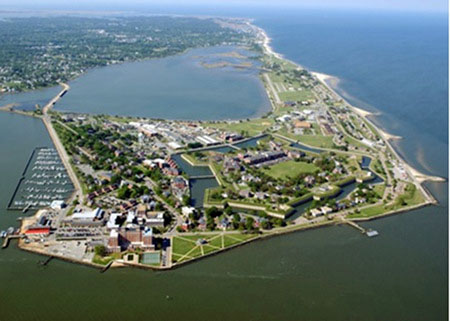
Fort Monroe Cultural Business Plan
(Hampton, Virginia USA)
Fort Monroe is a former military base in Virginia that
contains the largest stone fort ever built in America and
more than a 100 historic buildings. It is 231 hectares (570
acres) in size. LBA prepared the cultural business plan in
2010 that was part of the interpretive master plan for Fort
Monroe's reuse when it closed as an active military base. Click
here to download this plan.
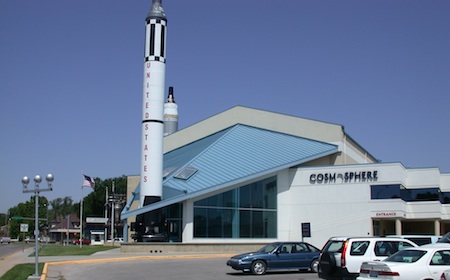
Kansas Cosmosphere and Space Center
(Hutchinson, Kansas USA)
The Cosmosphere is a science museum with many historic
space exploration artifacts, including the Apollo 13 command
module. In 2014, Leisure Business Advisors LLC (LBA) and
Verner Johnson, Inc prepared a revitalization plan that
emphasized STEM (science, technology, engineering,
mathematics) education initiatives. This master plan
included significant changes to the museum's mission,
programming, exhibits and building layout.
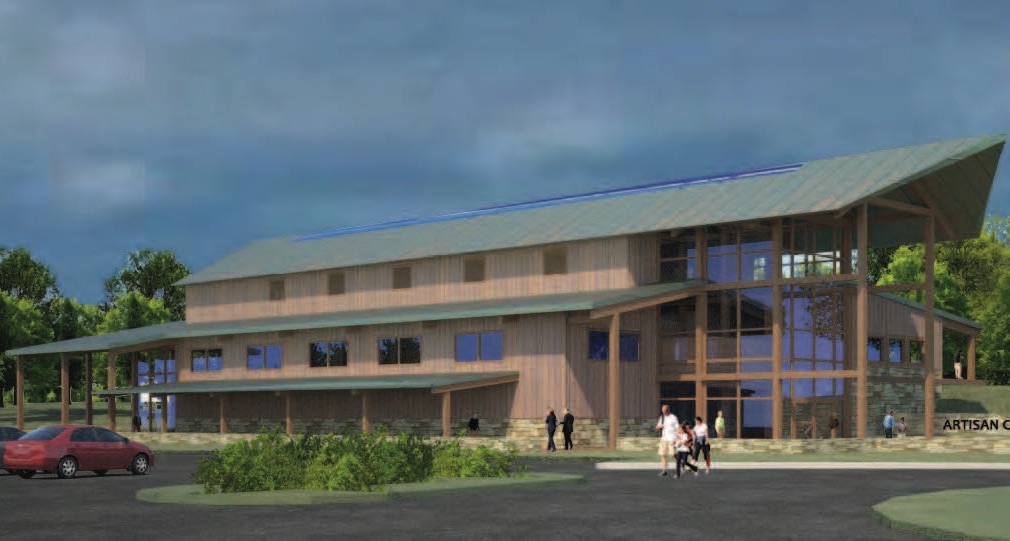
Artisan Center (Staunton,
Virginia USA)
Leisure Business Advisors LLC (LBA) and Verner Johnson, Inc
prepared a comprehensive master plan for a new artisan
center in the Shenandoah Valley during 2014. It would
promote and support Virginia artisans through sales,
exhibition, interpretation, education and special events.
The goal is to inspire the next generation of artisans,
strengthen communities, and provide an authentic cultural
gateway to the region and state. Click
here to download this comprehensive master plan.
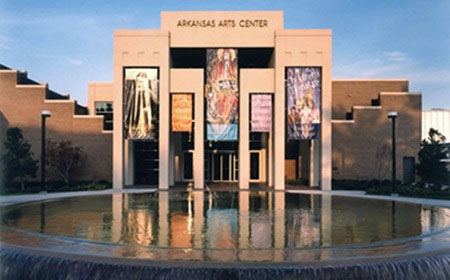
Arkansas Arts Center (Little Rock,
Arkansas USA)
The Arkansas Arts Center is an art museum and center for
the visual and performing arts. It features live theater
productions, art classes, lectures, films, family programs,
shopping and dining. As a subcontractor to A Different View,
Leisure Business Advisors LLC (LBA) evaluated the market and
financial feasibility of expanding the museum school in
2006. This effort included an examination of the performance
of comparable art schools in relation to the size and
quality of the markets that these facilities serve.
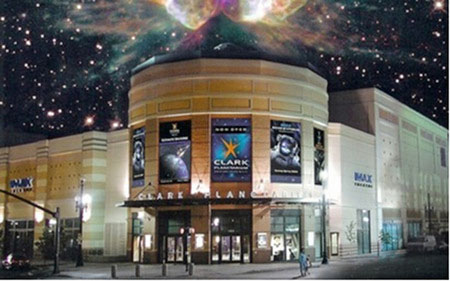
Clark Planetarium (Salt Lake City,
Utah USA)
The Clark Planetarium opened in 2003, replacing the
historic Hansen Planetarium. It features a dome theater,
IMAX theater, and 10,000 square feet (930 square meters) of
exhibits. During its initial planning stage, Economics
Research Associates was retained by the Hansen Planetarium
to conduct the feasibility study for this new science
center. As a subcontractor to ERA, Gerner Consulting (LBA's
previous name) prepared the financial analysis and
projections.

Walt Disney Hometown Museum
(Marceline, Missouri USA)
The Walt Disney Hometown Museum offers interpretive
exhibits focusing on his life in Marceline. The museum
was dedicated in 2001. As a subcontractor to International
Theme Park Services, Gerner Consulting (LBA's previous name)
evaluated the potential of this museum during its planning
stage.
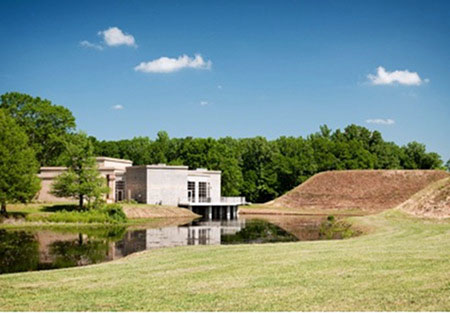
Jones Archaeological Museum
(Tuscaloosa, Alabama USA)
The Jones Archaeological Museum tells the story of one of
the most significant Native American archaeological sites in
the country through modern technology and historical
artifacts. Originally built in 1939, the museum reopened in
2010 after a $5 million renovation and expansion. Working
with Taft Design + Associates, Gerner Consulting (LBA's
previous name) evaluated the market and financial potential
of this expansion before construction began.

Kennedy Space Center (Merritt Island,
Florida USA)
The Kennedy Space Center has been the launch site for every
United States human space flight since 1968. As a
subcontractor to Economics Research Associates, Gerner
Consulting (LBA's previous name) evaluated future exhibit
and theater needs at its visitor center as part of a
long-term physical master plan effort. In 2012, LBA
was retained by the visitor center's operator to review its
maintenance appearance from the viewpoint of a typical guest
to the attraction.
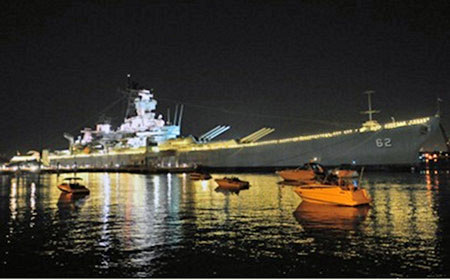
Battleship New Jersey Museum (Camden,
New Jersey USA)
The USS New Jersey is a battleship that was decommissioned
after service in World War II, the Korean War, the Vietnam
War, the Lebanese Civil War, and service in the Persian
Gulf. As a subcontractor to International Theme Park
Services, Gerner Consulting (LBA's previous name) prepared a
market assessment for this museum and memorial before it
opened to the public.
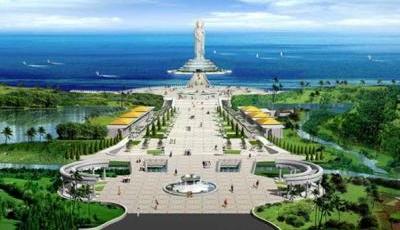
Nanshan Cultural Tourism Zone (Hainan,
China)
The Nanshan Culture Tourism Zone is approximately 27
hectares (67 acres) in size, and contains several tourist
attractions. These include the Hainan Culture Park, Felicity
and Longevity Park, and Buddhist Culture Park. Its
centerpiece is the Guanyin Statue of Hainan, which is
currently the fourth tallest statue in the world. As a
subcontractor to Economics Research Associates, John Gerner
(LBA's managing director) evaluated the feasibility of
developing this major tourism project.

Country Music Hall of Fame and Museum
(Nashville, Tennessee USA)
The Country Music Hall of Fame and Museum identifies and
preserves the evolving history and traditions of country
music while educating its audiences. Economics Research
Associates was retained by the museum to develop a visitor
origin tracking system and analyze its initial results. John
Gerner (LBA's managing director) was a consultant with ERA
and served as project manager for this market analysis
initiative.
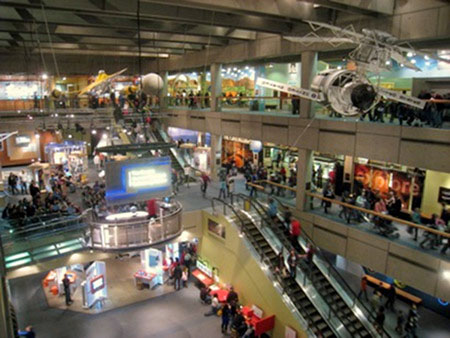
Museum of Science (Boston,
Massachusetts USA)
Boston's Museum of Science features over 700 interactive
exhibits, live presentations, and shows at its Charles
Hayden Planetarium and the Mugar Omni Theater. Economics
Research Associates was retained by the museum to evaluate
the admissions system and make recommendations that would
increase throughput and decrease waiting time. John Gerner
(LBA's managing director) was a consultant with ERA and
served as project manager for this operations analysis.
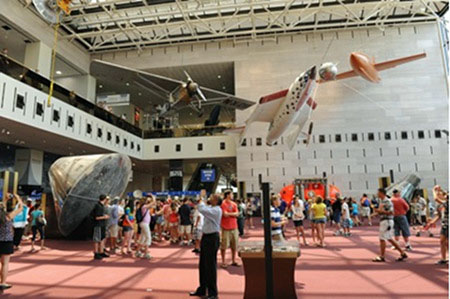
National Air and Space Museum
(Washington, DC USA)
The National Air and Space Museum of the Smithsonian
Institution holds the largest collection of historic
aircraft and spacecraft in the world. Marriott Corporation
operated its visitor food service in 1984 and considered
opening a full-service restaurant within the museum.
Economics Research Associates was retained by Marriott to
evaluate visitation patterns at the museum. John Gerner
(LBA's managing director) was a consultant with ERA and
served as an analyst for this consulting project.












